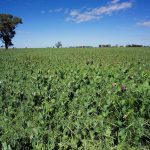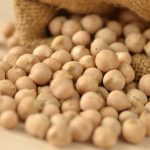MarketsFarm — There has been a divergence of prices between green and red lentils so far in 2023, according to Levon Sargsyan of Johnston Grains at Weyburn, Sask. Sargsyan said he hasn’t seen too many acres of green lentils signed up for this year, while it’s the opposite case for the reds. “I’m seeing some













